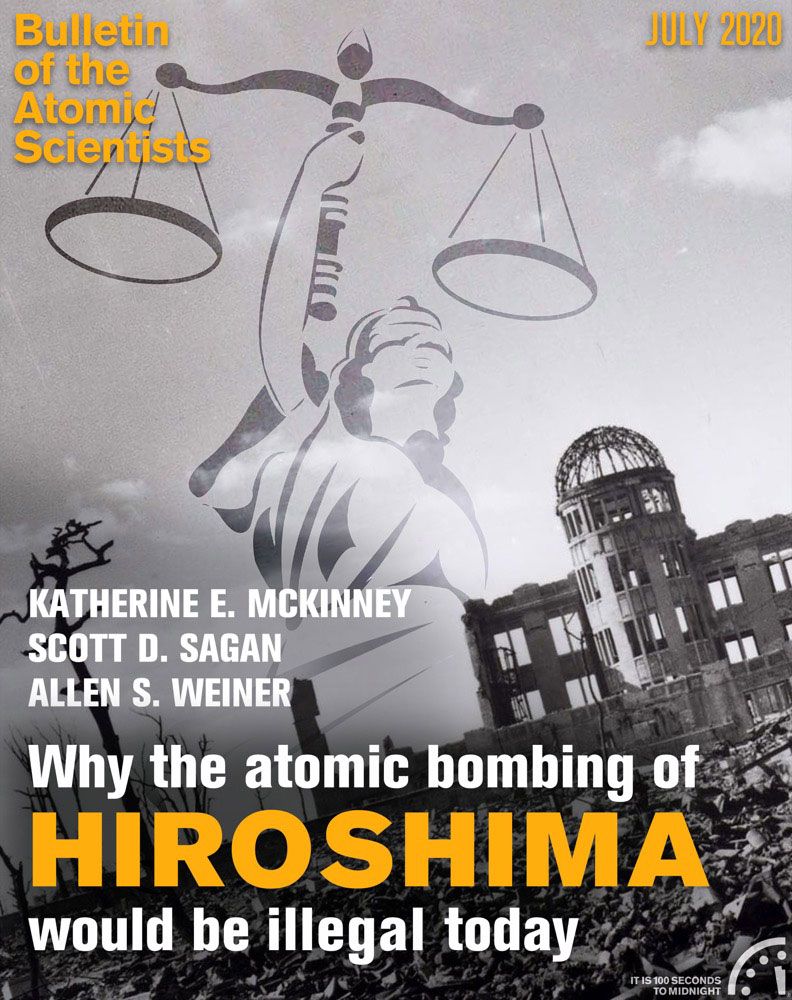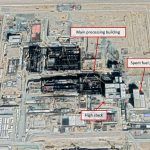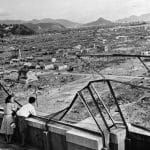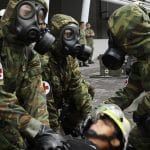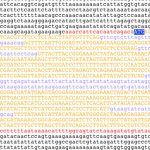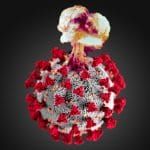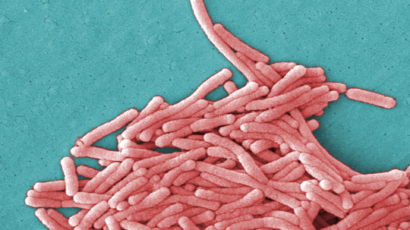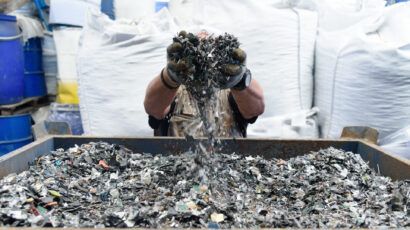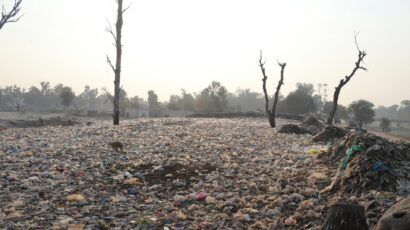Twenty-first century perspectives on the far-from-toothless Biological Weapons Convention
By Glenn Cross, Lynn C. Klotz | July 1, 2020
Emergency workers load a “casualty” into an ambulance during a May 2017 exercise simulating a biological attack at the Pentagon. Credit: Sgt. Sara Wood/American Forces Press Service
Twenty-first century perspectives on the far-from-toothless Biological Weapons Convention
By Glenn Cross, Lynn C. Klotz | July 1, 2020
Loading...
Together, we make the world safer.
The Bulletin elevates expert voices above the noise. But as an independent nonprofit organization, our operations depend on the support of readers like you. Help us continue to deliver quality journalism that holds leaders accountable. Your support of our work at any level is important. In return, we promise our coverage will be understandable, influential, vigilant, solution-oriented, and fair-minded. Together we can make a difference.
Get alerts about this thread
0 Comments
Oldest

